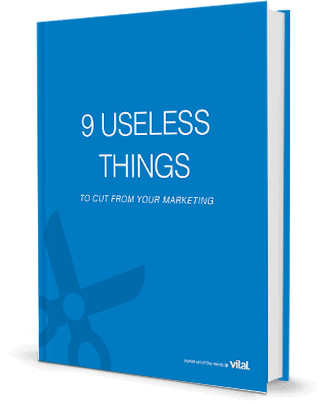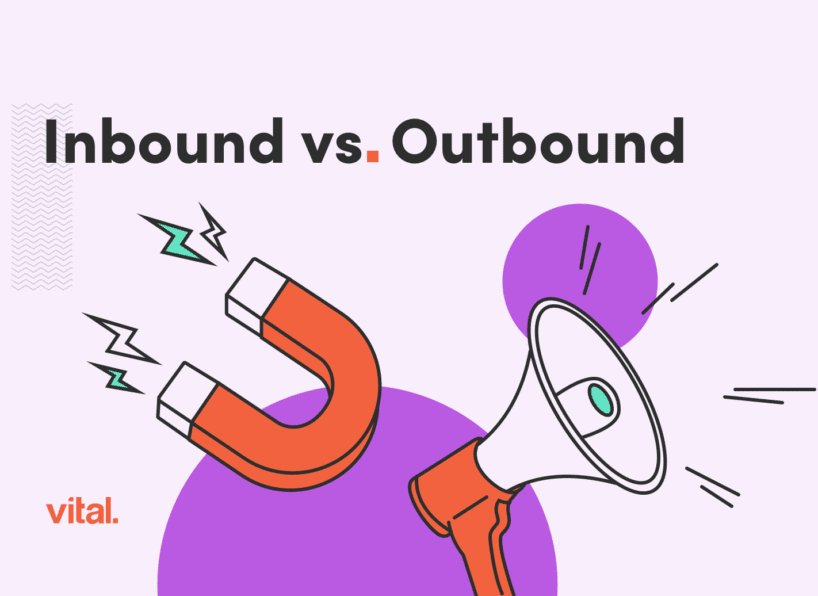If you’ve read any blog about video in the last two years, you already know that video is in and it’s here to stay. You also probably know that you need to use video to reach today’s market. If you didn’t, here’s an overview on how to create a fool-proof video marketing strategy, including certain types of videos your company needs.
First, know that there are many different types of videos that you can make. So many that it can become overwhelming when trying to determine where to start. And making them is only half the fight. There’s still the decision of where to use it to reach your maximum audience. On your website? On your company’s Facebook page? YouTube? To help you narrow down your decisions, we want to point you toward 6 types of videos that are definite wins for your company.
1. “About” Video
“Really? An ‘About’ video? That’s so basic. Why am I reading this?” Yes, while “About” videos are one of the most common videos a company will pursue first, they can also really miss the mark if the company doesn’t understand why these videos are so popular. To put it simply, “About” videos work because they give you “facetime” with a lead.
Show potential clients the passion of your CEO when he talks about the industry. Highlight what a workday is like in the shoes of an employee. A well-executed “About” video will communicate the heartbeat behind the people and culture of your company, and that is what sells a client when having to pick between A or B.
https://vital.wistia.com/medias/8nl7bkquof
Where does it go?
One of the most visited pages on any company’s website is the “About the Company” or “Who We Are” page. People want to know who they’re working with or buying from, and all of us at some point have visited one of those very pages after discovering a new brand. Some sites will have separate pages for history, leadership, staff culture and more, but the best place to put this video is whichever one of those pages is the most visited. That page will also give you hints on what your audience is looking to hear more about.
If your company has a YouTube channel, this is also a good place to upload and host the video. Facebook and Instagram aren’t very good places for these since viewers on those platforms tend to prefer very brief videos, but if there’s a central place your audience knows to go to find out more about you, then upload it there as well.
2. Product Demos
Do you have a website that gets a lot of visits but not enough conversions? That’s where product demo videos really shine. Their necessity stems from their ability to resonate with anyone and everyone in the sales funnel. For top-of-funnel leads, they can quickly highlight a pain point and offer the solution with your product. A brief overview video can push middle-of-funnel leads to reach out to a sales rep. And bottom-of-funnel leads can receive tremendous value through a detailed walkthrough of the product, or better yet, a video library full of tutorials.
They also have the added benefit of reducing the amount of outbound cold-calling your sales team would need to make. Customers want to be pitched to when they want to be pitched to. Product demos keep customers from feeling pressured to buy since they can start and stop the video on their time without someone waiting for their answer on the other end.
https://vital.wistia.com/medias/xhu0tljoeo
Where does it go?
We spoke about the different tiers of leads you can reach with product demos, so we’ll break down this section likewise:
Top-of-funnel product demos are best used on a homepage, the top-level page of a particular product and/or in video ads on YouTube, Facebook or Instagram. Keep these ones vague enough that a potential customer will be intrigued to dig deeper, while detailed enough that they’ll know where to go next.
Middle-of-funnel product demos can also be used on product pages or can be treated similarly to an eBook after leads fill out a CTA form. By confirming their buy-in to your product, you can go further into the details of it without fear of losing them halfway through. Custom pages deeper into the site are good places to embed these videos.
Bottom-of-funnel product demos are the big value ads. These can be detailed, on-demand demos to really outline your product’s unique features and functionality to potential customers. They can also be broken up into different tutorials for customers to later reference when they’re learning how to use it. These should be hosted deep in the site for leads who have already filled out a CTA. Don’t use these on the surface in an attempt to show off a product. Most of the time it will either come across as a long video that people won’t want to sit through or information overload.
3. “Novel” Video
“Novel” is a very broad term, but in this context, it means any video that shows off a specific but unique aspect of your company or product. These videos tell a smaller but more targeted story and are designed to hook people who have yet to discover your brand or know very little about it. They’re short, hit the very top of the funnel and either entertain, inspire or educate. Think of those adorable rescued animal videos or overhead dessert baking videos you see floating all over social media.
“Novel” videos are perfect for announcing a new feature, product or something truly unique about your company. And if done well, they can make your company look relevant and trendy to an audience who loves getting their information through video.
https://vital.wistia.com/medias/42z0xfk9qp
Where does it go?
Unlike the rest of the ones we’ve mentioned, “Novel” videos are not normally suited for websites. They’re made to generate a lot of buzz around a company in circles outside of the company’s website, such as YouTube, Facebook, and Instagram. Posting these to your social media accounts and sharing them with friends can make a huge impact on your social following. One last note: It’s best to put links to your website in the description rather than in the video to keep it from feeling “sales-pitchy.”
4. Hero Footage
Hero footage has been a huge trend in modern websites, but do you want to know why it’s still going? You want to put your best foot forward when someone visits your website for the first time, but you also have a very limited time to get their attention. By having something active on the top of your page that visitors can watch almost guarantees they’ll stay on the page longer just to see through the whole thing. And while they’re watching, you can show off your facility, your employees, products, whatever else your heart desires. Just make it count, because this is your chance to show the inner workings of your company.
Hero footage is also an easy win if you’ve already made an “About” video since your videographer should have plenty of footage to recycle from that shoot. And if need be, throwing a little stock footage in there doesn’t hurt to keep people on your page. Our client, Maravilla Los Cabos, makes great use of it on their homepage here.
Where does it go?
This one’s the most straightforward of the bunch: It goes in the hero banner at the top of your homepage. Enough said.
5. SVG Animations
This one isn’t exactly a video but makes a huge impression when implemented on a website. Recently, a lot of companies have been using SVG animations to add some amazing UX style to their pages. From simple hover animations to simplified product demos, the possibilities are endless. And because they’re SVGs (Scalable Vector Graphics) they’re infinitely scalable on the page no matter how large your display is. Here’s one we did for our client, Boomerang, on their product page.
Where does it go?
Anywhere and everywhere. Use them to add little bits of flare to keep your visitor’s mouse exploring your pages and your products.
6. Cinemagraphs
You may have seen a photo on social media and did a double-take when you realized something was actually moving in the frame. Cinemagraphs are looping images that only have a sliver of motion in them. They’re similar to GIFs, but are a much higher quality since only a fraction of the frame is animating, reducing the file size.
They are mesmerizing to watch and a breath of fresh air in a world full of stock photos. They’re also much faster to make than a standard video, so making a series of them for a campaign is easy to execute. All in all, they’re just great for keeping someone lingering on a page or an image. This is one we did for the New Hampshire Film Festival.
https://vital.wistia.com/medias/fu5lyu6eon
Where does it go?
Cinemagraphs can go anywhere that a photo can go, but should be intentional and fit the company’s brand. You can use them on your website, social media accounts (especially Instagram) or embedded in emails to change things up for your mailing list. They can also be used as an ad image in PPC campaigns.
There you have it! Six videos your company needs to drive your video marketing strategy. And if any of these seem too much of a challenge or you want more direction on strategy, feel free to reach out to us or view our recent work here.





